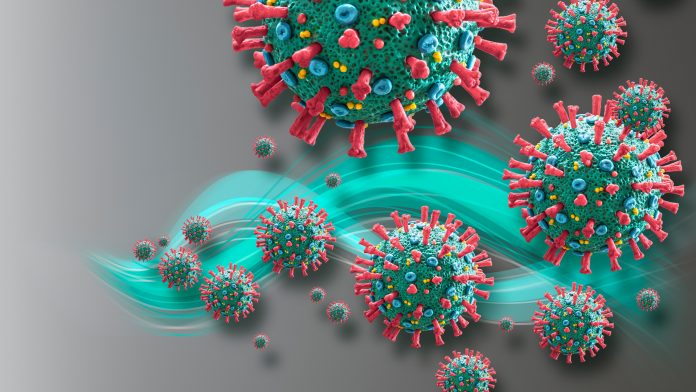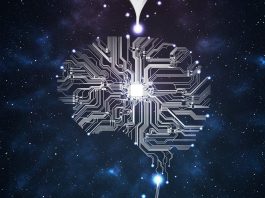Consortium delivers working protocols that will enable laboratories worldwide to work quickly and reproducibly on COVID-19 proteins.
The network, organised by Professor Harald Schwalbe from the Institute of Organic Chemistry and Chemical Biology at Goethe University, encompasses countries around the world.
When the SARS-CoV-2 (COVID-19) virus mutates, this initially means there is a shift in its genetic blueprint. This mutation could result in, for example, an amino acid being exchanged in a viral protein.
To evaluate the impact of the shift, a 3D image of the viral protein is beneficial as it indicates whether the shift in amino acid impacts the functioning of the protein, or with the interaction of a potential drug or antibody.
Scientists from Goethe University Frankfurt and TU Darmstadt decided to start networking internationally at the beginning of the pandemic with the goal of describing 3D structures of COVID-19 using nuclear magnetic resonance spectroscopy (NMR).
In the NMR process, molecules are branded with isotopes and exposed to a strong magnetic field. Then NMR can be utilised to analyse how potentially active compounds bind to viral proteins.
Amongst other locations, this process can be undertaken at the Centre for Biomolecular Magnetic Resonance (BMRZ) at Goethe University. However, large quantities of the proteins in high purity and stability, and with accurate folding are necessary conditions before the tests can be carried out.
The explanation of laboratory protocols for the development of proteins is in fact the group’s second major achievement. On top of proteins, the virus consists of RNA, and the group previously made all-important RNA fragments of COVID-19 accessible in 2020.
Utilising the knowledge of 129 experts, it has now been possible to manufacture and purify 23 of 30 proteins of SARS-CoV-2 completely or as relevant fragments “in the test tube”, and in large amounts.
To this end, the genetic information of these proteins was assimilated into tiny pieces of DNA (plasmids), which were then introduced into bacteria for protein development.
Dr Martin Hengesbach from the Institute of Organic Chemistry and Chemical Biology at Goethe University explained: “We have isolated functional units of the SARS-CoV-2 proteins in such a way that their structure, function and interactions can now be characterised by ourselves and others.
“In doing so, our large consortium provides working protocols that will allow laboratories around the world to work quickly and reproducibly on SARS-CoV-2 proteins and also the mutants to come. Distributing this work from the beginning was one of our most important priorities. In addition to the protocols, we are also making the plasmids freely available.”
Dr Andreas Schlundt from the Institute for Molecular Biosciences at Goethe University added: “With our work, we are speeding up the global search for active agents: Scientific laboratories equipped for this work do not have to first spend several months establishing and optimising systems for the production and investigation of SARS-CoV-2 proteins, but can now start their research work within two weeks thanks to our elaborated protocols.
“Given the numerous mutations of SARS-CoV-2 to come, it is particularly important to have access to reliable, rapid and well-established methods for studying the virus in the laboratory. This will, for example, also facilitate research on the so-called helper proteins of SARS-CoV-2, which have remained under-investigated, but which also play a role in the occurrence of mutations.”









